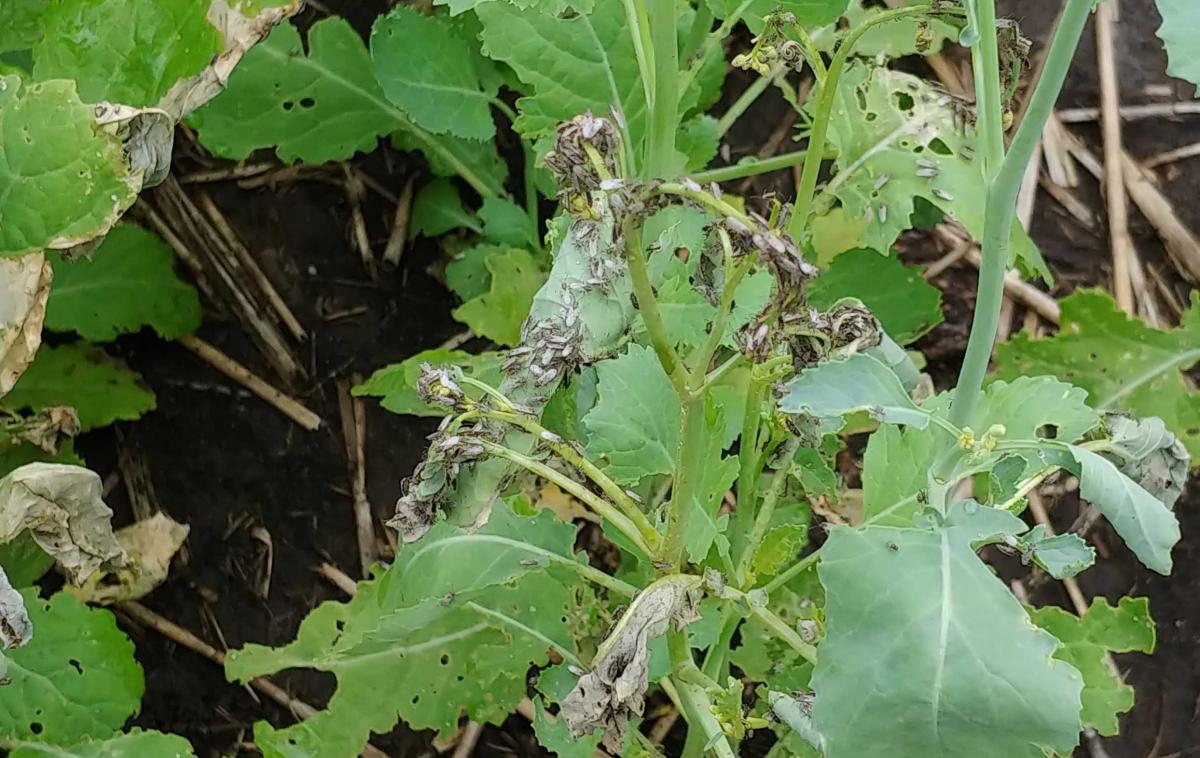
Figure 1. Wilting canola plants with leaves dying back.
While scouting canola this week, I came across a field that had plants along the edge that looked like they were suffering from drought stress, but given the recent rain I highly doubted that to be the case (Figure 1). Closer inspection of the stressed plants indicated that they were covered in false chinch bugs (Figure 2). Although false chinch bugs are not normally an issue in canola, very large populations do have the potential to reduce yield.
False chinch bugs are relatively small at ⅛ to ⅙ of an inch long. They are slender insects that are grayish-brown in color with clear wings that are folded over their bodies. False chinch bugs feed on plants using piercing-sucking mouthparts and are commonly observed in large aggregations. As a result, a population of these insects can result in plants that begin to rapidly wilt and have leaf dieback. The false chinch bugs are able to feed on a wide variety of plants including those in the mustard family, which includes canola.

Figure 2. Aggregation of false chinch bugs.
Populations of false chinch bug are normally much worse following cool, wet springs, which encourage the growth of weedy hosts that allow for rapid population increases. The false chinch bugs are normally observed in crops during hot-dry periods due to the drying down of weedy hosts. Most of the injury to canola occurs during flowering and early pod fill. The thresholds for false chinch bugs are an average of 5-10 false chinch bugs on flowering racemes and 10-20 on racemes during early pod set. Once pods are filled little damage is observed.
Management
If above threshold populations of false chinch bugs are observed consider using a foliar insecticide with the active ingredients of either bifenthrin, deltamethrin, lambda cyhalothrin or gamma cyhalothrin.






Post a comment
Report Abusive Comment